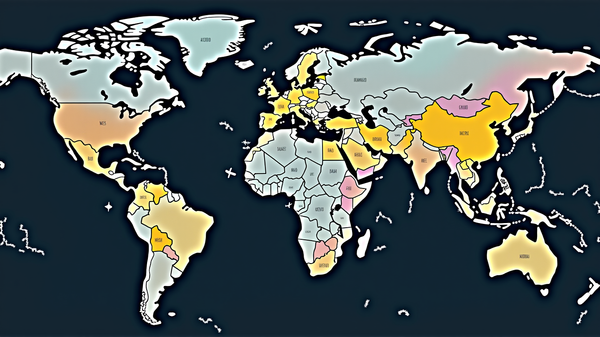H-1B Visa Cost Hike: What's at Stake for Indian IT?
The new US H-1B visa fee could impact Indian IT operations, causing industry-wide disruption, Nasscom warns.

A Critical Move in U.S. Immigration Policy
In what could be a tectonic shift in U.S. immigration policy, the White House has unveiled a new \(100,000 annual fee for H-1B visa applications. This unexpected decision is sending ripples through the global tech industry, with particularly acute implications for Indian technology companies and their vast workforce accustomed to operating onshore in the United States. According to Reuters, Nasscom, an industry body representing India’s formidable \)283 billion IT sector, has raised serious concerns over this sudden policy shift.
The Immediate Impact on Indian Tech Giants
The announcement has sparked immediate reactions from major tech firms, including Microsoft, Amazon, and Cognizant Technology Solutions. They have advised current H-1B visa holders to either remain in the United States or make expeditious travel plans to return, underscoring the urgency and gravity of the situation. For Indian tech entities accustomed to utilizing this visa program to place skilled professionals in the U.S., the abrupt policy change threatens to dismantle the established workflow.
Uncertainty and Potential Disruptions
Nasscom has expressed deep concern over the one-day deadline set for the policy’s implementation, emphasizing the “considerable uncertainty” introduced not only for Indian companies but globally. The policy could also introduce unforeseen complexities in ongoing projects, potentially disrupting the stability and continuity that are critical to business operations.
Broader Implications for Global Innovation
Beyond the immediate operational headaches, the new fee might also cast a long shadow over the broader innovation ecosystem within the U.S. tech sector. Extra financial burdens require careful recalibration, and those adjustments could have global consequences on employment and innovation, further chilling the cross-pollination of ideas and talents that H-1B visas have traditionally facilitated.
A Challenging Path Ahead for Stakeholders
The recent announcement adds another layer of complexity to the U.S. immigration system. For stakeholders on both ends of the equation, navigating these changes will demand pragmatic adjustments and possibly rethinking traditional roles and processes. However, the swift unfolding of these regulations means that speed, as much as strategy, will be key. It remains to be seen how swiftly and effectively companies, professionals, and policymakers adapt to this new normal in a globally interlinked tech world.





